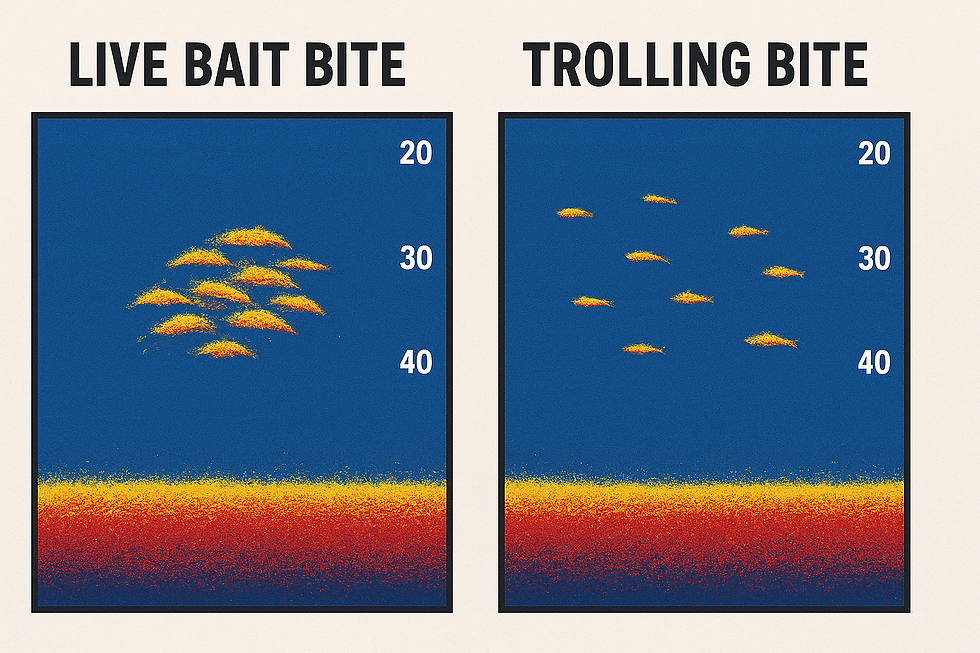Rising Waters, Shifting Patterns: How Big Inflows Impact Striper & Hybrid Fishing on Lake Buchanan
- captaindiesel
- Jul 7
- 2 min read
If you’ve fished Lake Buchanan long enough, you know she’s full of surprises—and this summer’s no different. After years of drought, the lake is on track for a dramatic rebound, with a projected rise of 15 to 20 feet in the coming days due to heavy upstream inflows and localized rainfall.
At Hook Fish & Co., we’ve been watching the gauges, scouting the water, and preparing for what these changes mean for striper and hybrid fishing. Here’s what you need to know:
What Happens When the Lake Rises Fast?
When a lake like Buchanan sees a big inflow, it changes the game in several ways:
1.
New Habitat Opens Up
As the water floods into new areas, fish have access to fresh structure, cooler temps, and a buffet of newly stirred-up baitfish. Stripers and hybrids often push shallow to explore these areas, especially in the early mornings and evenings.
2.
Baitfish Scatter
Flooding stirs up nutrients and displaces shad, threadfin, and other baitfish. This means predators like striper and hybrid bass may temporarily spread out more as they chase scattered schools of bait into new zones.
3.
Current = Oxygen + Movement
Strong inflow brings cooler, oxygen-rich water. Fish are naturally drawn to these areas, particularly near river mouths and creek inlets. Expect a spike in activity where that fresh water enters the lake.
4.
Suspended Fish in the Water Column
With new depth and structure, fish often suspend higher in the water column. Instead of holding near the bottom, stripers may be found in open water at mid-depths, following bait balls and adjusting to the new thermocline.
Where to Look for Fish After a Lake Rise
Upstream Zones: The north end of Buchanan and major tributary inlets will likely hold fish looking to feed and ride the current.
Flooded Flats and Brush Lines: Newly covered brush and grassy areas attract baitfish—and where the bait goes, stripers follow.
Main Lake Points and Humps: Once the flow stabilizes, stripers will return to their summertime patterns—chasing bait over submerged structure.
Tips for Anglers
Stay Mobile: Post-flood stripers don’t sit still. Be ready to move, scan, and adjust.
Use Live Bait or Swimbaits: Both are deadly effective when targeting scattered or suspended fish.
Follow the Birds: Seagulls and herons are often your best fish-finders this time of year.
Safety First: Rising water can carry debris. Stay alert, especially when running at speed.
The Silver Lining
The inflow may throw fishing off for a few days, but long term—it’s a gift. More water means healthier fish, stronger hatches, and better fishing through fall and winter. If history tells us anything, the bite will explode once things stabilize.
We’re already gearing up for a strong second half of the season at Hook Fish & Co. Whether you’re chasing your first striper or returning for round two, there’s never been a better time to book your memory on the water.


Comments